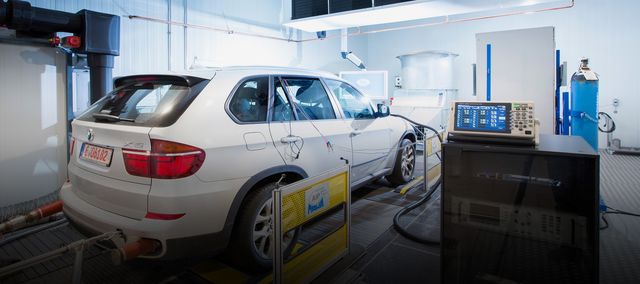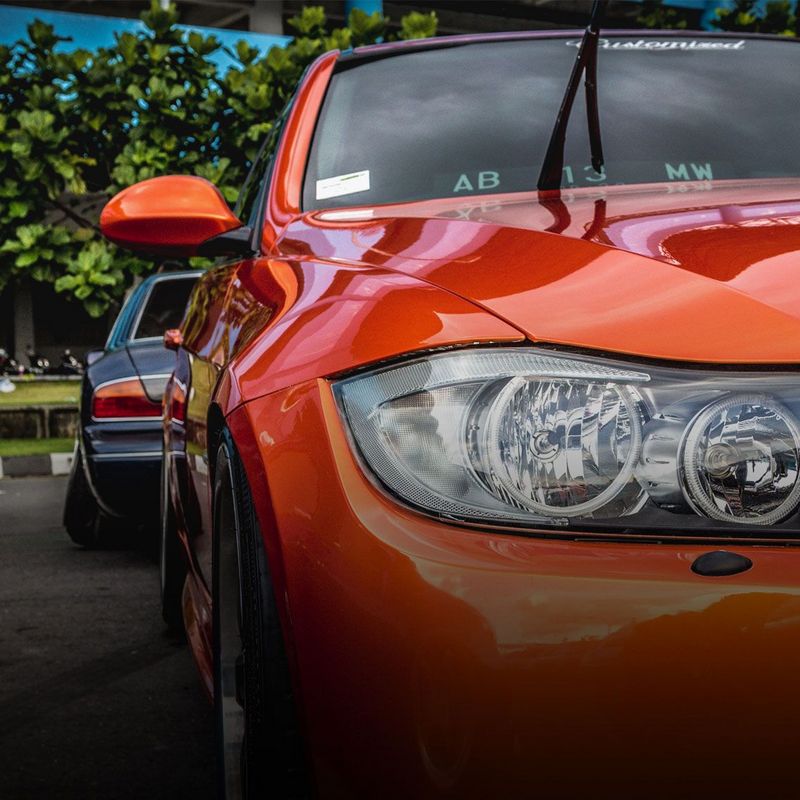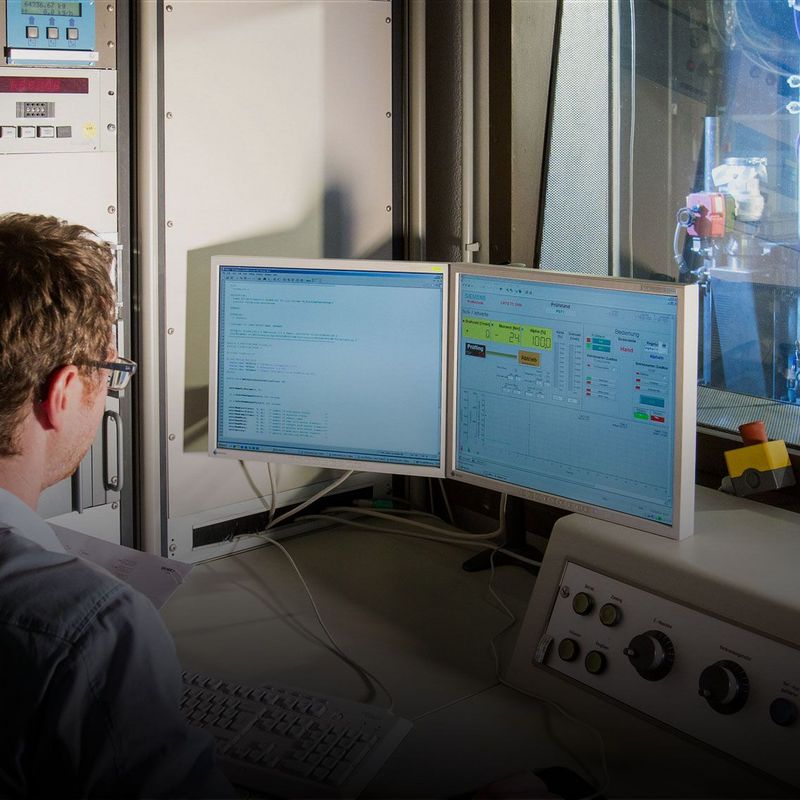31 August 2017
As from 1 September 2017, a new mandatory procedure for measurement of emissions and fuel consumption will be introduced in stages in the European Union. The procedure will apply for the type examination of new passenger and light utility vehicles. This universal Worldwide Harmonized Light-Duty Vehicles Test Procedure (WLTP) driving cycle is intended to provide more realistic consumption figures. #explore explains what will change as a result of the WLTP and why on-road measurements will then be mandatory.
How much CO2 is emitted by a vehicle? And does it conform to the wider emissions limit values? Since 1996, the results of the mandatory “New European Driving Cycle” (NEDC) test procedure, which was originally developed as a standard for the measurement of exhaust emissions, has been providing answers to these questions. In the NEDC measurement, the vehicle is placed onto a roller-type test stand and then drives through a standardised cycle with precisely predefined elements. These include acceleration and braking as they occur in town traffic, and a short drive on the motorway. “Tests under laboratory conditions are often viewed critically, as the driving cycle on which they are based does not provide results which are absolutely realistic. However, the values achieved by different manufacturers and models can be compared with one another, as the test conditions are always identical”, explains Leif-Erik Schulte, Head of the Technical Service of TÜV NORD.
© TÜV NORDThe next stop for exhaust emission tests is the road. The technology that is used is known as Portable Emissions Measurement Systems (PEMS).
Mobile measuring methods on the road
The WLTP standard which will become mandatory in the EU on 1 September 2017 was developed by the United Nations and is related to real driving data from the whole world. In order to create a drive pattern which is representative for the whole of the world, the procedure contains the most widely differing conditions from as far apart as Alaska and India. This is a great contrast to the NEDC cycle which has been used up to now, because parts of the emissions measurement will take place on the road during real driving. Within the framework of the “Real Driving Emissions” (RDE), passenger cars will in future be type tested on the road using mobile measuring technology. Test factors such as wind conditions, traffic situation, temperature and acceleration are varied within the process.
The technology that is used is known as Portable Emissions Measurement Systems (PEMS), and has been used by TÜV NORD for several years in the type examination of Euro 6 heavy goods vehicles. And TÜV NORD engineers have been working on the introduction of RDE since 2007, with test drives, reports and recommendations. “We have been pleading in favour of the introduction of mobile emissions and fuel consumption measurements for a long time now. It is important that exhaust emissions are measured on the road under real conditions. But we will still need measurements on the test stand in future in order to create reproducible measuring results. The roller test stand continues to be a part of the type examination required by law”, says TÜV NORD expert Leif-Erik Schulte.
You may also like
Overview of the staged changeover to WLTP:
- The new mandatory test procedure will at first be introduced throughout the EU in stages and will only be used for new vehicles. Up to 2020, the values from the old NEDC will also be entered into the vehicle documents.
- As from 1 September 2017, emissions values determined according to the WLTP will be binding in the approval process for new vehicle types.
- As from 1 September 2018, the WLTP values must also be available for the initial approval of all the relevant vehicle types.



